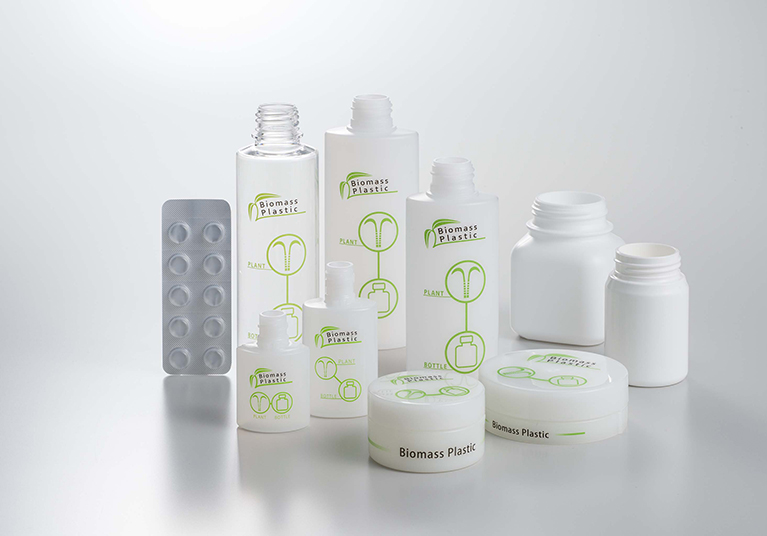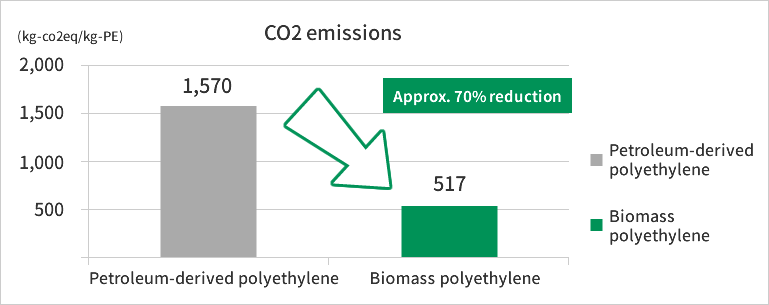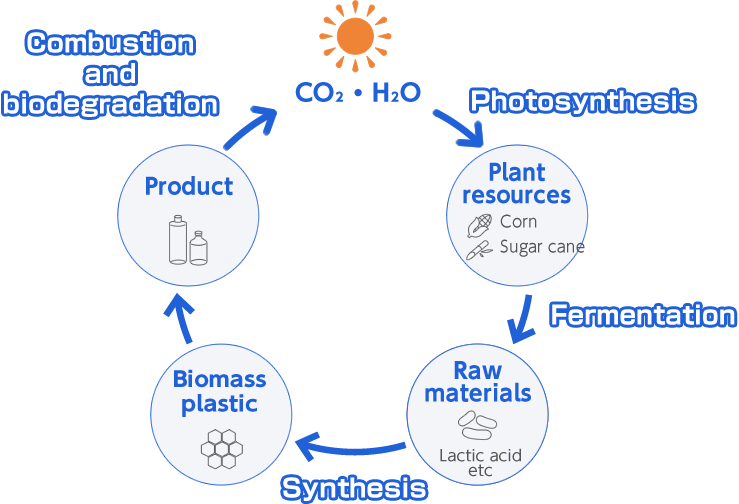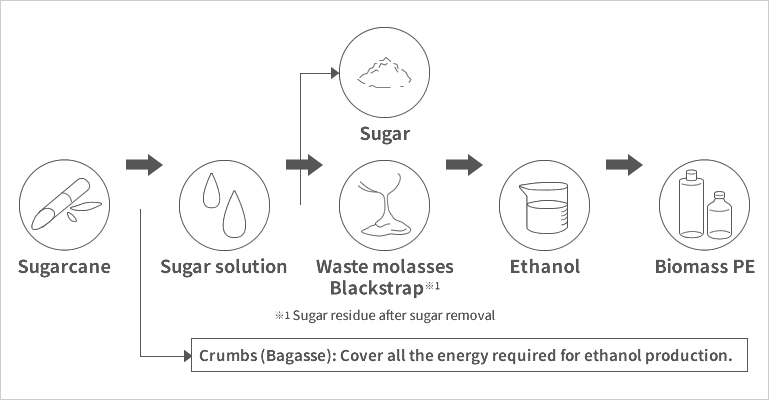Biomass Plastic Containers

Launched as The First Sugarcane Origin Primary Packaging for Pharmaceutical Use
Taisei Kako Co., Ltd has been developing containers with the aim of reducing CO2 emissions during disposal and incineration of pharmaceutical containers, and has been able to propose pharmaceutical containers using polyethylene derived from sugarcane.
Until now, biomass plastics had limited on the properties such as heat resistance, water vapor / oxygen permeability, fragility, and other functions, the reason of this made it difficult to adopt them for the pharmaceutical containers. The new biomass PE container proposed here has almost the same functions and physical properties of the conventional petrochemical resins.
We intend to contribute to the creation of a sustainable society in the pharmaceutical industry with this new container.
Obtained Biomass Plamarks

- Biomass Plamarks are given to products using biomass Plus, such as plant origin plastics, by JBPA
※Even if the customer adopt the product that has already been certified BP Mark by Taisei, it is necessary to apply each product in customer's product name.
Products that have already been certified BP Mark
| Product name | Registry number | Biomass plasticity |
|---|---|---|
| DB bottle series | 233 | 90% or more |
| IB bottle series | 253 | 90% or more |
| TAS-BPC25 series | 325 | 25% or more |
| TAS-BPC50 series | 383 | 50% or more |
| Biomass polyethylene eyedrop container | 304 | 90% or more |

Function is equivalent to that of petroleum-derived polyethylene
Certified PL Confirmation Certificate from Japan Hygienic Olefin And Styrene Plastic Association
Comply with Public Notice No. 370 of Ministry of Health, Labor and Welfare
Benefits of using biomass polyethylene
As a corporate responsibility for a society with low environmental impact
SDGs, adopted as an international target with an emphasis on environmental sustainability at the United Nations Summit, is being called on companies around the world to advance sustainable development.
Reduction of CO2 emissions (Approx. 70% reduction compared with petroleum-derived products)
CO2 emissions throughout the container life cycle including the production of biomass polyethylene will be reduced by approx. 70% compared to petroleum-derived polyethylene.
For example, when 10,000 bottles of our standard container TCB-9 are replaced with biomass polyethylene, CO2 emission is reduced by approx. 1,053 (kg-co2eq/kg-PE).

Reduce the consumption of limited petrochemical resources.
The usage of 1kg of biomass polyethylene reduces 1.2kg of petrochemical resources. In terms of gasoline, the amount of reduction is approx. 1.7L.
If 10,000 bottles of our standard container TCB-9 are replaced with biomass polyethylene, approx. 586L of gasoline will be reduced.
Environmental recycling of biomass plastics (carbon neutral)

After dispose the plastic container, CO2 is generated during incineration. However, the sugar cane from which the plastic is made absorbs CO2 from the atmosphere during the growing process, so it is considered CO2 in the atmosphere is not increased materially.
In addition, it can be regenerated with solar energy and water every year. Because of these two points, biomass is said to be a sustainable energy resource, and this property is said to be "carbon neutral".
What is Sugarcane Origin Polyethylene?

This polyethylene is made from sugar cane, a renewable resource that replaces petroleum. Produce Ethanol from sugar cane (bagasse crumbs). Then, produce polyethylene from the ethanol. It has the same function and physical properties as petroleum-derived polyethylene.
